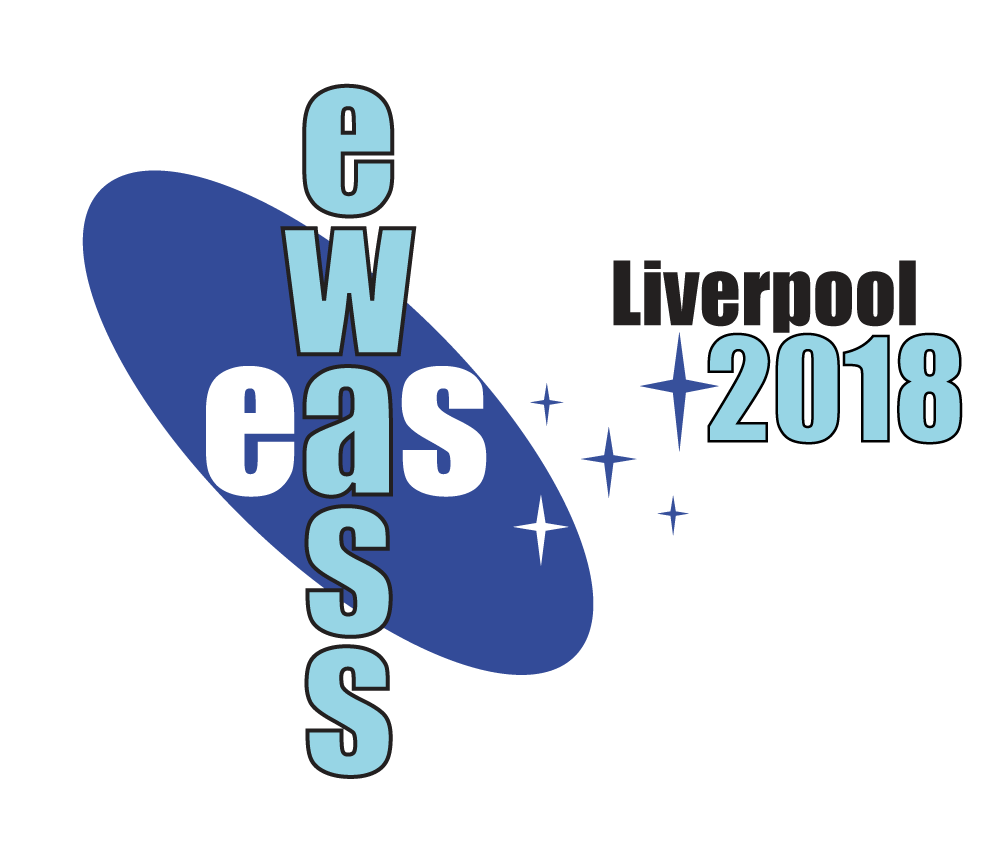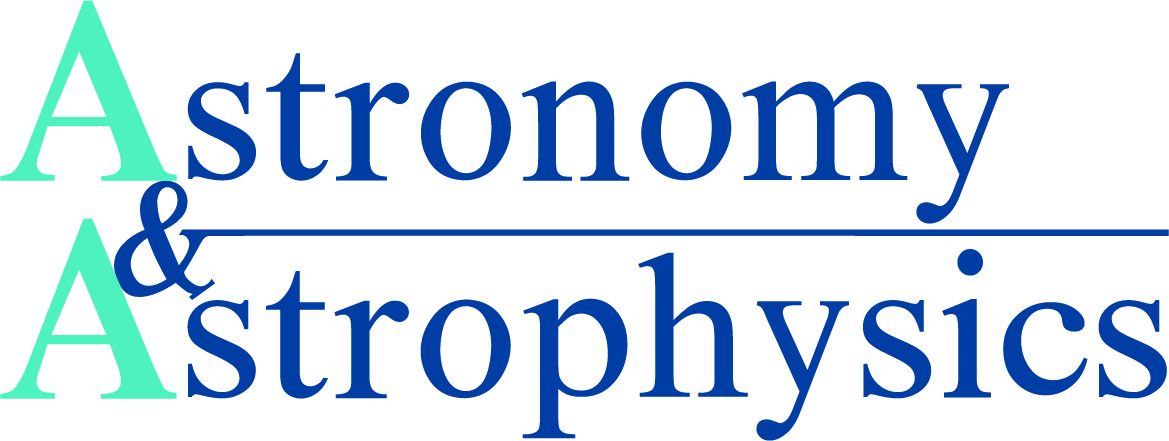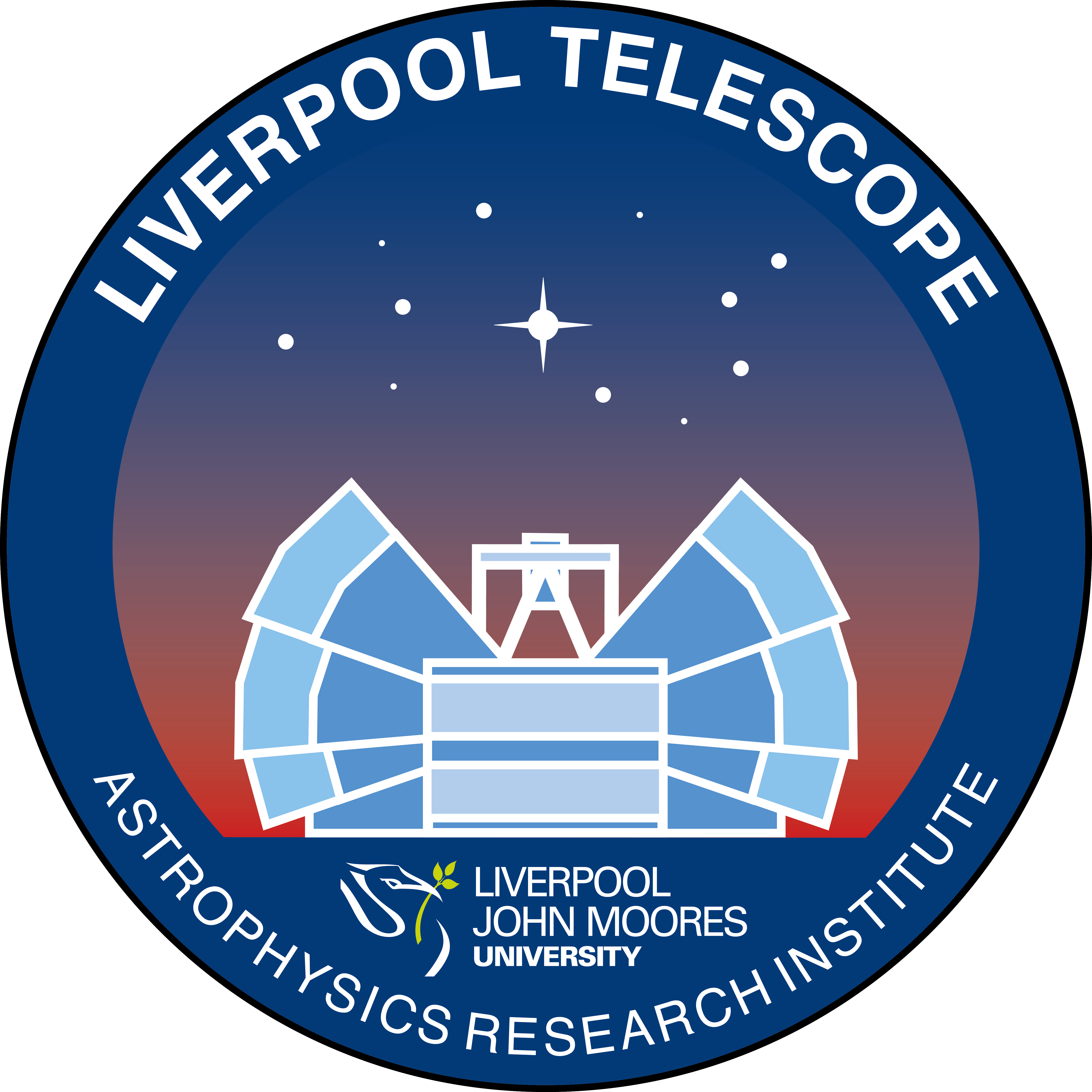Special Session SS24
3 April 2018
Resolving stars and gas in the central kiloparsec: clues to disk galaxy evolution
Aims and scope
In disc galaxies, the central kiloparcsec is both a key indicator of, and an active actor in, a wide range of physical processes operating on different timescales. It functions as the interface between the nuclear and outer disc regions and harbours signatures of important
past and ongoing evolutionary paths.
The rich variety of coexisting elements (molecular and ionised gas, old and young stars, dust) and the associated complexity of their spatial distribution appears to match the complexity of the associated physical mechanisms and interactions: gas inflows and outflows, star formation, and stellar- and AGN-driven feedback. The central kiloparsec of discs is thus a key site for probing and understanding the physics involved in disc formation and evolution.
High-resolution spectrographs such as SINFONI@VLT, GMOS@Gemini, ALMA and MUSE@VLT have revealed exquisite details of such structures, opening new windows for our understanding of galaxy evolution. Results from future facilities such as JWST and 30-meter-class telescopes will certainly further challenge our current paradigms. Unprecedented spatial and velocity resolution opens up access to physical phenomena with short dynamical timescales such as turbulence, feedback, stochastic accretion, and the interaction of outflows and the interstellar medium. Similarly, the dynamics of stellar structures such as nuclear discs, spirals, bars and circumnuclear rings can be studied in great detail, and the history of their stellar populations becomes accessible. Unravelling the complexity of the central kiloparsec in low-redshift galaxies is key for understanding transient high-energy phenomena, as well as for understanding similar activity in high-redshift galaxies, where we
lack the requisite spatial resolution.
This session aims to bring together observers, theorists, and experts in numerical simulations to focus on the physical processes revealed by resolved structures and dynamics in the central kpc. It will provide the European astronomical community the opportunity to
take stock of progress made so far and prepare for the next steps, especially for the young astronomers that will enter the era of facilities like E-ELT and the SKA. We expect new collaborations and interdisciplinary projects to emerge, further fostering cooperation around state-of-the-art observational and numerical facilities.
Programme
- The origin of gas in the central kpc: internal vs external
- Gas response to torques from stellar structures (nuclear shocks, spirals)
- Transfer of angular momentum, rates of inflow in various inflow scenarios
- Role of stellar feedback, AGN-driven outflows, outflow rates
- Star formation, stellar populations as a signpost of past processes
- Formation of young stellar structures, establishing central disks, bulges, and nuclear clusters
Invited speakers
- Françoise Combes (Paris Observatory)
- Victor Debattista (University of Central Lancashire)
- Dimitri Gadotti (European Southern Observatory)
Scientific organisers
H. Wozniak (chair, U. Montpellier), W. Maciejewski (co-chair, U. Liverpool), V. Casasola (Arcetri), E. Emsellem (ESO), P. Erwin (MPE).
Contact
herve.wozniak @ umontpellier.fr
Updated on Thu Nov 02 14:33:06 CET 2017
|

 A power cut will shut down all EAS services on Tuesday, 10 January 2017 starting at 7:30 CET.
A power cut will shut down all EAS services on Tuesday, 10 January 2017 starting at 7:30 CET.



























